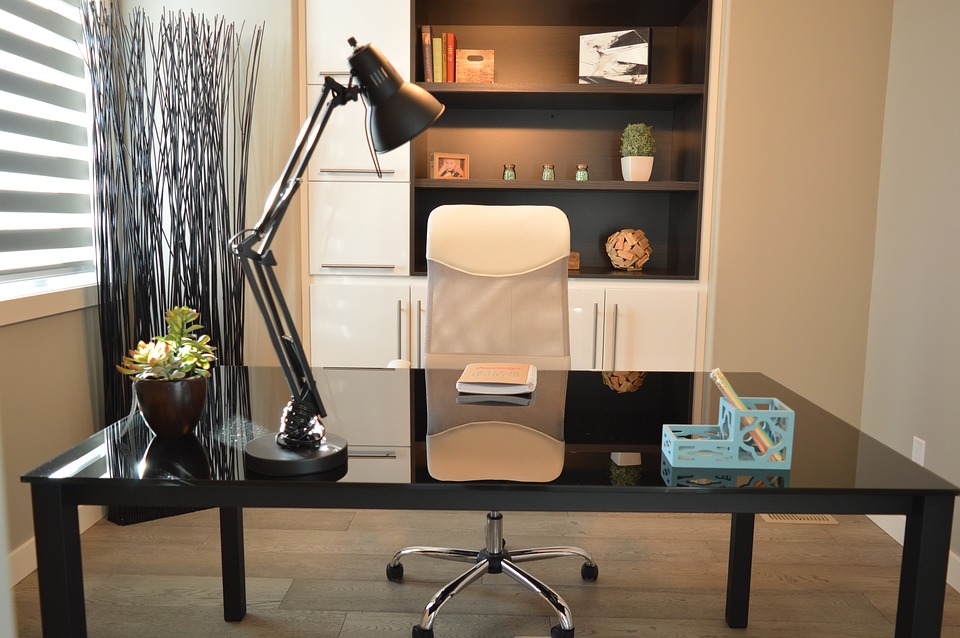Space Planning is an innovative current, born in the 1990s, consisting of the reorganization and rearrangement of a workspace. This may be related to a relocation of a company’s premises or the desired restructuring of a space.
This phenomenon was thought of when companies were constantly evolving: new businesses, increasing or decreasing the number of employees.
Although it retains its identity, a company reinvents itself every day, and the advice of real experts is sometimes necessary to evolve in the right direction.
#1 – THE EVOLUTION OF SPACE PLANNING SINCE ITS CREATION
When it was created in the 1990s, and until very recently, the primary goal of Space Planning was to save space to install a greater number of offices in a limited space. This is how open spaces were created: decompartmentalize business premises as much as possible to bring employees together in the same space.
The advantage of this geographical rapprochement has, of course, a human interest since it allows employees to collaborate more efficiently and to evolve more freely in space, but also and above all economical since the costs for the company are lower (fewer partitions and closed offices to be installed, less furniture, more employees per square meter, etc.).
Today, the primary goal of Space Planning is not necessarily to save space but to redevelop living spaces, to create new meeting and exchange points (friendly relaxation areas, cafeteria, play areas, better-adapted meeting rooms, etc.). The goal is to rethink the company’s space to integrate new elements essential to today’s life in the company.
The key elements of good Space Planning in 2022 are:
- Rethink the company’s identity (in terms of materials, colors, spaces, etc.)
- Improve the quality of work and relaxation spaces
- Structuring the different occupied spaces
- Rethink the links between services to facilitate exchanges
- Adapt the workspace to new technologies and novelties in interior architecture (phone box, etc.)
#2 – STEPS TO FOLLOW FOR EFFECTIVE OFFICE SPACE PLANNING
Using a Space Planner rather than an architect or an interior designer is important because he will thoroughly check the possibilities available to you in your existing space.
He will also focus on checking the acoustics, air conditioning, heating, lighting and many other elements to put them in line with the use of your spaces, reduce your costs and protect our planet.
When the technical elements have been inspected, it will be possible to study the layout plans and the various departments’ layout to improve the links between the various employees.
Depending on your company’s policy, you can set up the different departments without considering the hierarchy – as is the case today in many start-ups and young companies – or on the contrary, try to provide very distinct spaces to highlight your organization chart.
The development plans should also include reception, relaxation, discussion, meeting and catering areas. Be logical and consistent in your organization.
This last phase will be the most apparent, so it is necessary not to neglect it. In addition, it is an important step to work upstream with your employees so as not to impose on their equipment and a layout that would not suit their work habits.
Indeed, one of the fundamental aspects of Space Planning is the optimization – of premises, of course – and the time and well-being of your employees.
#3 – WORKSPACE PLANNING, WORK BETTER, WORK TOGETHER
This reorganization of the workspace will not be without consequences for you and your employees. You can also prepare an information document to announce the development to your partners and possibly your customers, especially if they plan to visit your premises.
Optimizing workspaces will have a lasting and positive impact on everyone in your business if done correctly. It is not a simple move or the addition or removal of certain pieces of hardware. Space Planning is a real exercise in style to get people talking about you and your company’s identity.

